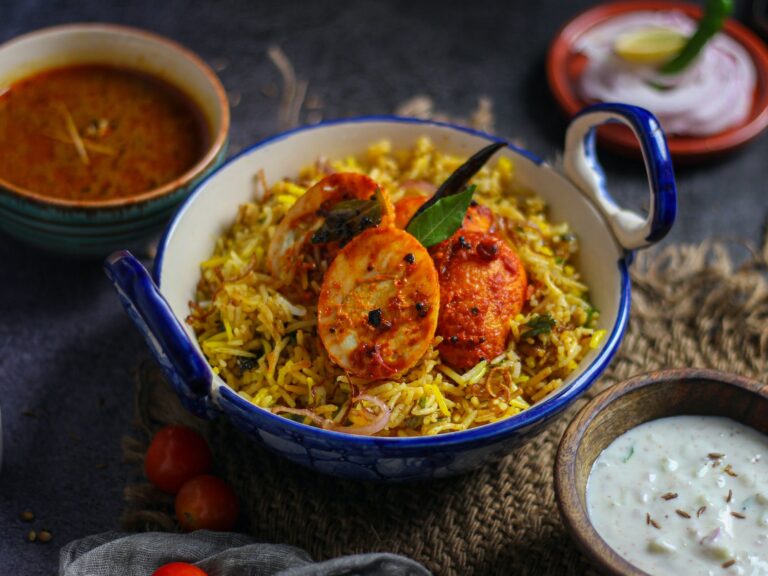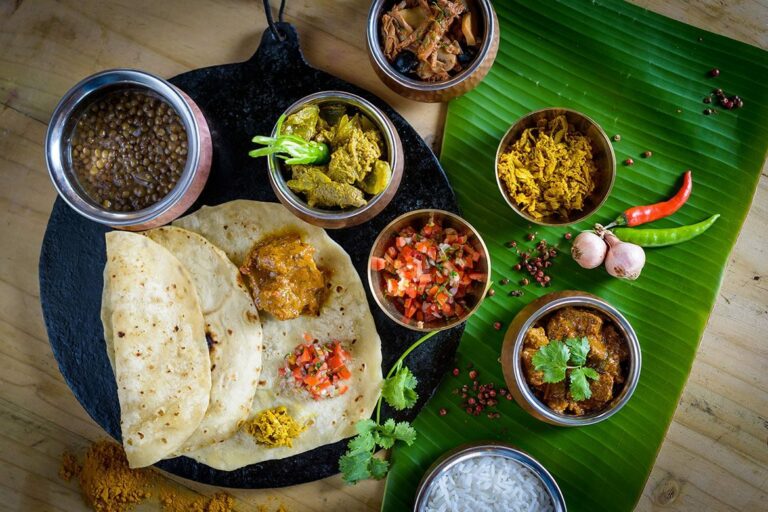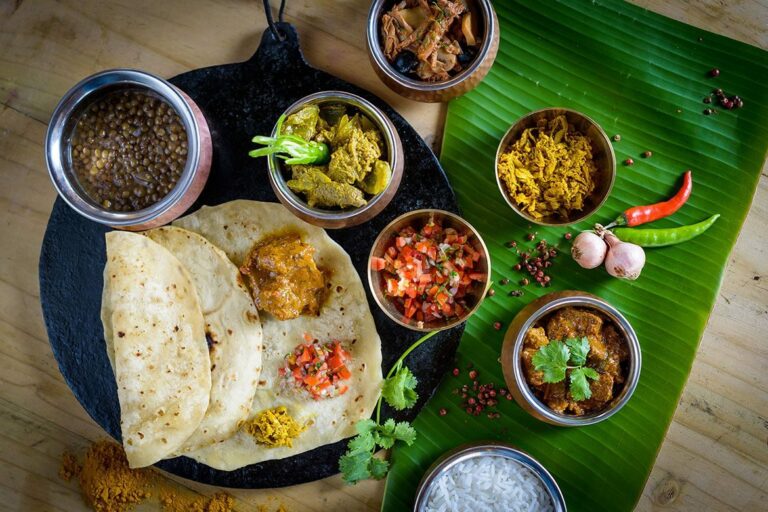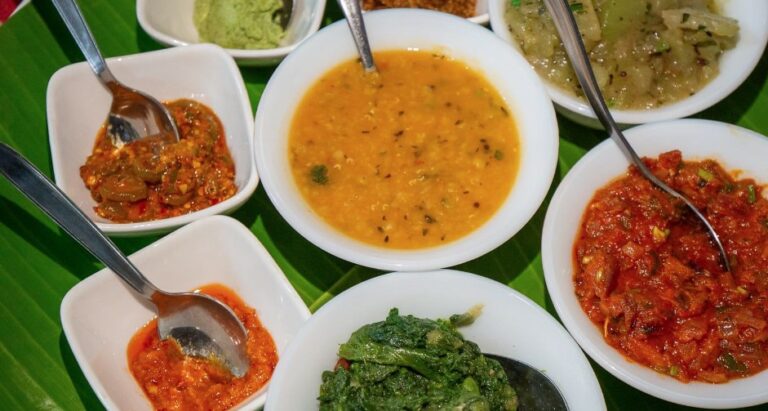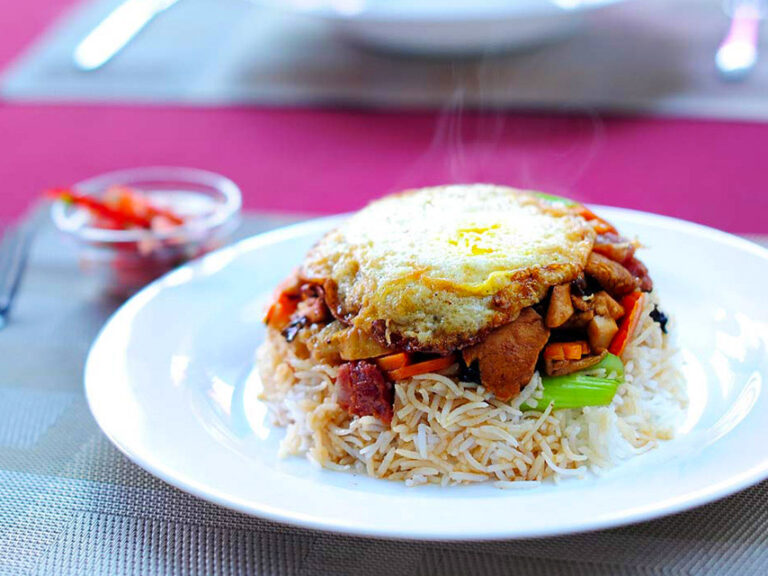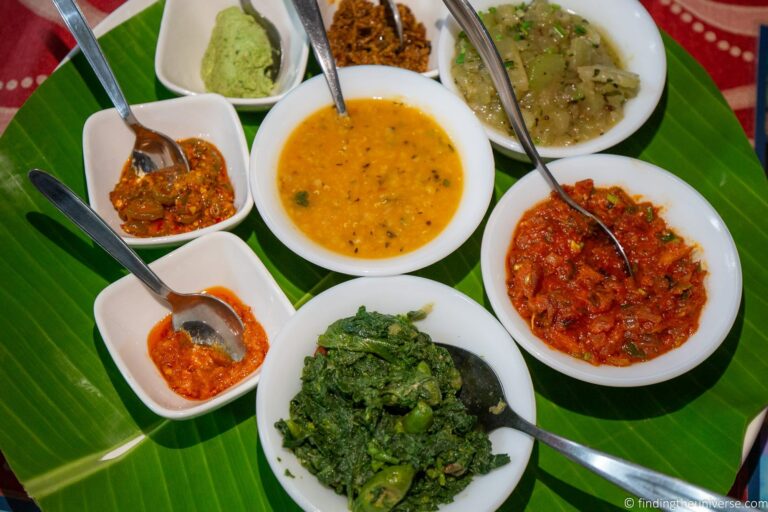Introduction
Mauritian cuisine is a blend of French, Chinese, Indian, and African influences. The tropical island nation of Mauritius is famous for its exotic and flavorsome cuisine that is sure to tantalize your taste buds. The variety of spices, vegetables, fruits, seafood, meat, rice, and grains used in Mauritian cuisine make it one of the most unique and diverse culinary experiences in the world.
Spices
Spices play a crucial role in Mauritian cuisine, and most dishes are characterized by their aromatic and flavorful taste. Some of the most popular spices used in Mauritian cuisine include cumin, coriander, turmeric, cinnamon, cloves, nutmeg, and ginger. These spices are used to create tasty curries, soups, stews, and marinades that are the foundations of many Mauritian dishes.
Vegetables and Fruits
Mauritian cuisine is heavily influenced by the tropical climate and the abundance of fresh produce available on the island. Some of the most popular vegetables used in Mauritian cuisine include eggplants, tomatoes, okra, chilies, onions, and garlic. Fruits such as mangoes, pineapples, lychees, and papayas are also commonly used in desserts, salads, and chutneys.
Seafood
Mauritius is surrounded by the Indian Ocean, and seafood is a staple in Mauritian cuisine. Popular seafood dishes include fish curry, octopus salad, and shrimp rougaille. The seafood is usually cooked with a blend of spices and served with rice or bread.
Meat
While seafood is the primary protein source in Mauritian cuisine, meat is also widely consumed. Some of the popular meat dishes include chicken curry, beef stew, and lamb vindaloo. The meat is often marinated in a blend of spices before being cooked.
Rice and Grains
Rice and grains play a significant role in Mauritian cuisine, and rice is often served with nearly every meal. Some of the popular rice dishes include biryani, fried rice, and rice and peas. Grains such as lentils and chickpeas are also commonly used in curries and stews.
In conclusion, Mauritian cuisine is a delicious blend of spices, vegetables, fruits, seafood, meat, rice, and grains. The unique flavors and aromas of Mauritian cuisine are a testament to the diverse cultural influences that have shaped this tropical island nation’s culinary traditions. Whether you are a food lover or just looking to explore new flavors, Mauritian cuisine is sure to delight your taste buds.


